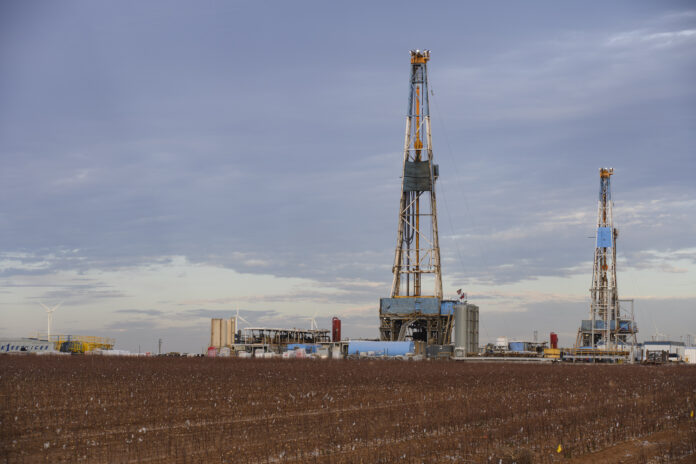
The Texas Oil & Gas and Permian Basin Petroleum associations say dramatically increased employment over the past year proves the energy industry’s resilience in the face of continued challenges with labor supply and cost escalation.
TXOGA Chief Economist Dean Foreman and PBPA President Ben Shepperd say employment and wages statewide and regionally rose strongly through the first quarter of this year.
“Data from the U.S. Census Bureau and Texas Workforce Commission show that direct employment in Texas’ oil and natural gas industry rose 8.1 percent year-over-year from 445,222 jobs in the first quarter of 2022 to 482,557 jobs in the first quarter of 2023,” Foreman reported. “Industry wages paid grew by 22 percent from $16 billion to $19.5 billion.”
The economist said employment increased for the eighth straight quarter with the most recent figures being among the strongest 15 percent of all quarters since 1990.
TXOGA President Todd Staples said the $19.5 billion in wages was the industry’s highest outlay on record.
“Despite a slowdown in rig count, which could have a downward impact on these numbers in the future, this analysis gives rightful cause for optimism and it is continued evidence of oil and natural gas’ irreplaceable role in our modern society,” said Staples. “However, growth is not guaranteed and it is critical that we remain committed to fostering policies that promote domestic production, keep jobs and benefits here at home and reduce our reliance on foreign nations to meet our energy needs.”
He referred to the Baker Hughes service company’s report that the number of oil and gas rigs operating in Texas had fallen to 320 last week from 348 a year ago.
Based on a number of metrics, Shepperd said, traditional energy appears to have fully recovered from the pandemic.
“The growth of employment and financial support for employment in Texas provide other metrics signaling this recovery,” Shepperd said. “This growth is in large part thanks to the Permian Basin, which remains the greatest region in the world to produce oil and gas.
“PBPA members live, work and raise their families here and they are committed to creating jobs and innovation in environmental and production technologies. Taking advantage of these opportunities now and into the foreseeable future is a key to domestic energy security for generations to come.”
Shepperd said global demand trends “prove there will continue to be an important role for the Permian Basin and while those trends may change day to day the long-term vitality of this industry exists and our members are at the forefront of production and employment.
“In addition to providing these benefits the Permian Basin oil and gas industry is responsible for billions of dollars in property tax relief, long-term funding for transportation infrastructure projects and the development of statewide water plans that benefit Texans from the Red River to the Rio Grande,” he said.



